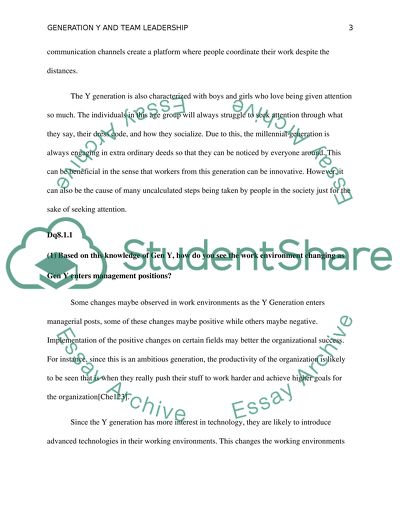Cite this document
(“Dq-8-Terence Coursework Example | Topics and Well Written Essays - 2000 words”, n.d.)
Retrieved from https://studentshare.org/miscellaneous/1682551-dq-8-terence
Retrieved from https://studentshare.org/miscellaneous/1682551-dq-8-terence
(Dq-8-Terence Coursework Example | Topics and Well Written Essays - 2000 Words)
https://studentshare.org/miscellaneous/1682551-dq-8-terence.
https://studentshare.org/miscellaneous/1682551-dq-8-terence.
“Dq-8-Terence Coursework Example | Topics and Well Written Essays - 2000 Words”, n.d. https://studentshare.org/miscellaneous/1682551-dq-8-terence.


